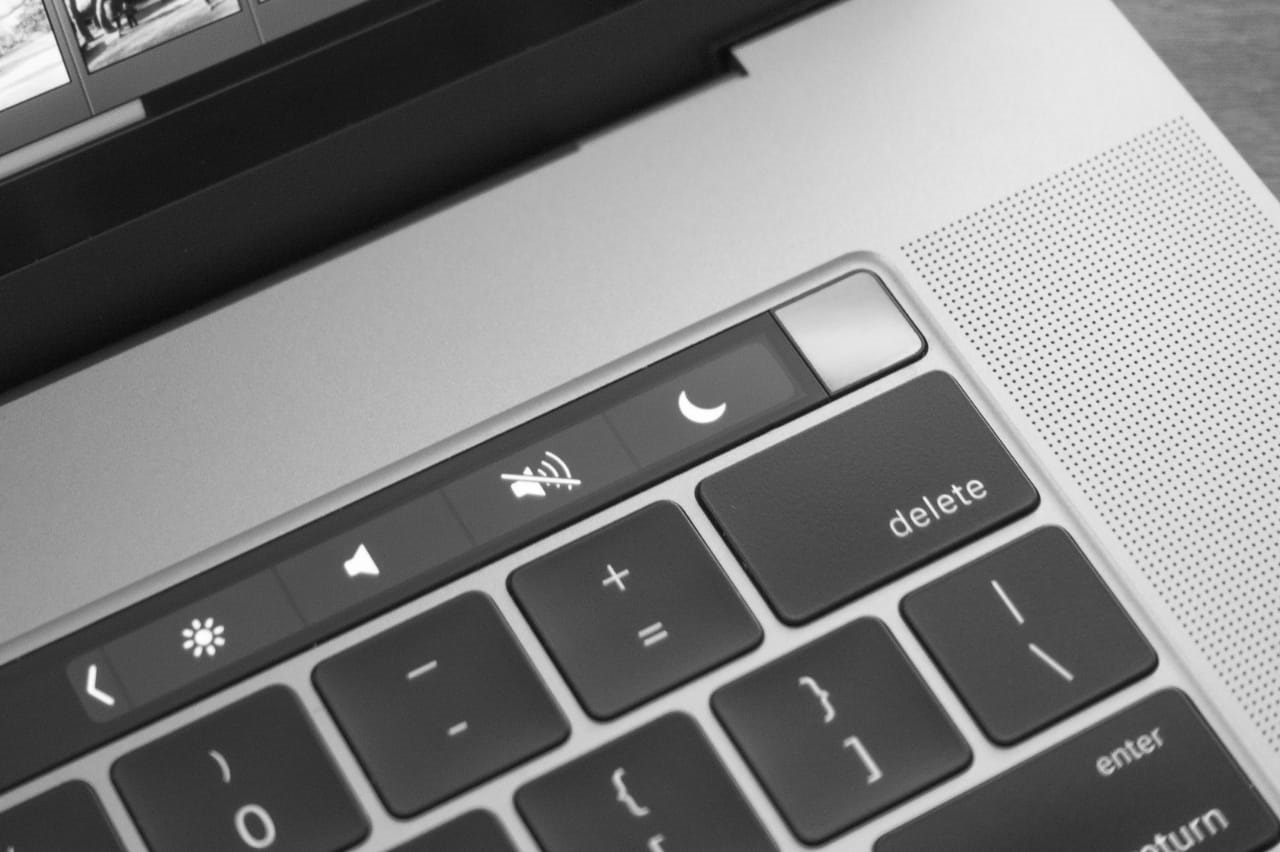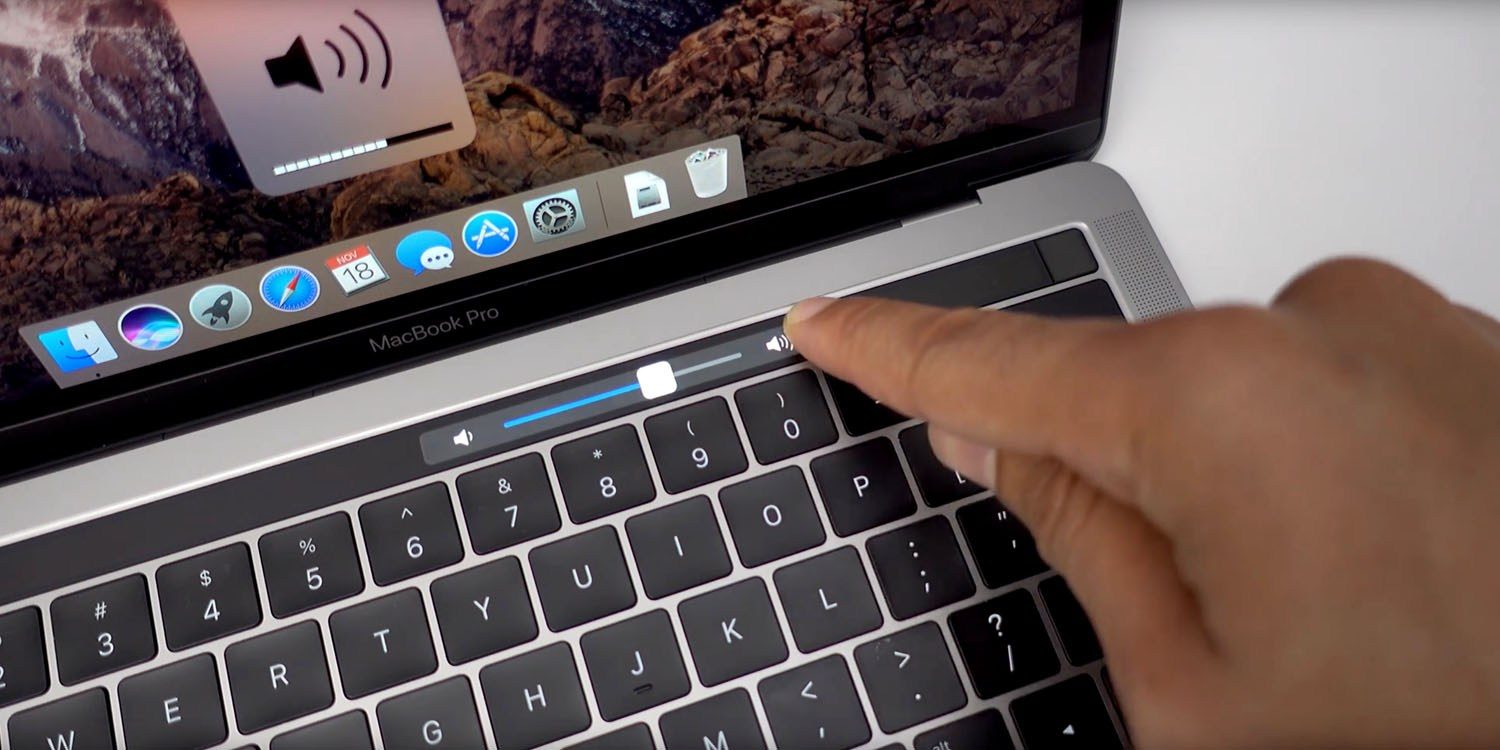
There is *always* some risk associated with allowing a machine to shut down or reboot. And, obviously, you must have unchecked the "Show the Restart, Sleep, and Shut Down buttons" option in that same area.] I just think this seems like a very handy timesaver - note that you must have the "Display login window as" area of the Login Options section of the Accounts preferences pane set to "Name and password" for this to work. If this is a home machine, more than likely the power button on the CPU will be reachable, which would let one do the same thing (without being at the login screen, for that matter). If this is a public kiosk machine, the login screen will be unreachable.

Some may claim this is a security hole of sorts I don't believe it is, as being able to shut down or restart from the login screen implies that you can actually reach that screen in the first place.

[ robg adds: While testing this one, I found you can also use >sleep to enter sleep mode. As far as I can tell, this only works in Tiger.
#MAC SHUTDOWN SHORTCUT TOUCH BAR MAC#
How do you shut down or restart your Mac when you are at the login screen and the Restart and Shut Down buttons are disabled? It's simple just type >shutdown or >restart as the user name, then click the Log In button. keys on the Touch Bar at the bottom.First, I must give credit to my colleague for finding this today. In the Settings/Preferences dialog ( Ctrl+Alt+S), go to Keymap. IntelliJ IDEA provides an option to always show function keys without the need to change system settings: You can also make function keys display permanently for selected applications, as described in the following Apple support article.

To show the function keys ( F1, F2, and so on) on the Touch Bar, hold down the Fn key.
#MAC SHUTDOWN SHORTCUT TOUCH BAR PRO#
The Touch Bar node is available only if you are using an Apple MacBook Pro with the Touch Bar. In the Settings/Preferences dialog ( Ctrl+Alt+S), go to Appearance & Behavior | Menus and Toolbars.Įxpand the Touch Bar node and configure the controls for corresponding contexts and modifier keys. You can configure the controls displayed on the Touch Bar in the default and debugger context. When the popup is active, the touch bar contains the same list of items, and it is filtered accordingly as you type. When you start typing inside a popup with a list of actions, the actions are filtered according to what you type (for example, in the Project tool window, when you press Alt+Insert, you can filter the types of files you would like to create). When focus is on a dialog, confirmation controls are displayed (for example, Cancel, Apply, OK, or other relevant buttons). It includes controls to stop, pause, resume the debugger, as well as stepping and evaluating expressions.įor more controls, hold down the Alt key. įor more controls, you can use modifier keys: Ctrl, Alt, Shift, and ⌥+⌘.ĭebugger context is used when focus is on the Debug window. It also provides VCS controls for updating your project and committing changes, which can be replaced in some contexts (for example, with the refresh action when focus is on the Maven tool window or the Gradle tool window).

It includes controls for running, building, and debugging the application with the ability to quickly select or create a new run/debug configuration. IntelliJ IDEA provides the following contexts:ĭefault context is used most of the time. One more system button is located in the left part of the Touch Bar this is usually the Escape key, but it can be something else depending on the context. The app region to the left of the Control Strip contains controls that are specific to IntelliJ IDEA and the current context. The Control Strip in the right part of the Touch Bar includes controls for system-level tasks that are usually accessed with function keys on classic keyboards. It provides additional controls for quick access based on the current context. The Touch Bar is located above the keyboard on supported Apple MacBook Pro models.


 0 kommentar(er)
0 kommentar(er)
